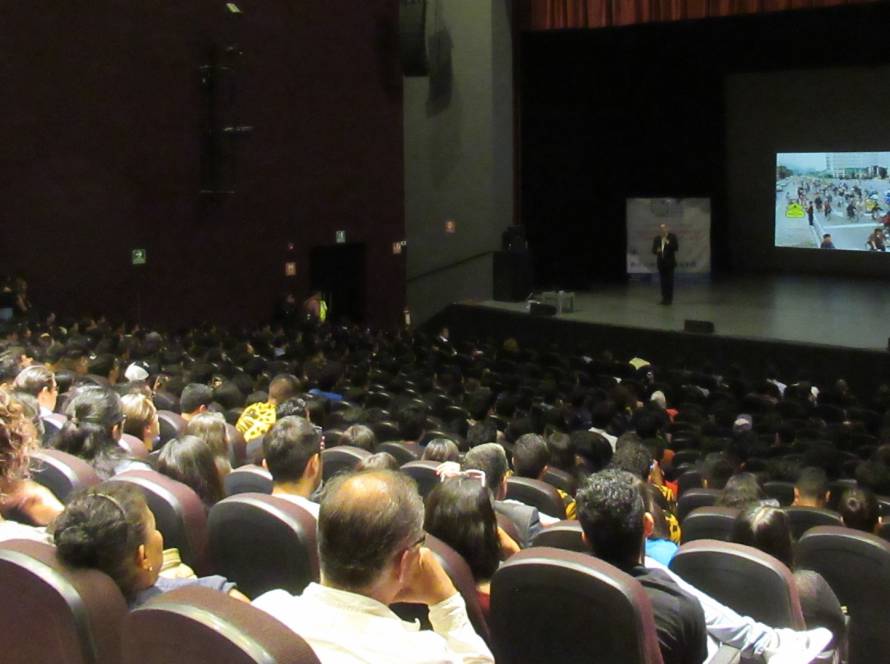Key Takeaways
⇢ Cycling infrastructure is rarely neutral – the design and politics behind bike lanes
reflect embedded power dynamics and societal values.
⇢ Phrases such as “Traffic flow”, “networks”, and “production streets” reflect a
worldview where streets serve cars, not people. This narrows our collective
imagination of what streets could be—social, playful, democratic, and
multifunctional.
⇢ Treating cities as systems to be optimized reinforces top-down thinking.
⇢ Cities should start with chalk drawings or school rides by bike to embody the new
narrative and then connect these grassroots acts to the broader vision.
Summary
a. Drawing on linguistics, Marco argues that language isn’t neutral. It forms our
cognitive boundaries. The way we talk about mobility affects what we imagine is
possible.
b. Sustainable mobility adoption depends less on individual behaviour change and
more on reshaping the system/environment:
○ The metaphors we borrow, such as ‘streets as pipelines’, ‘cities as bodies
with hearts where roads are arteries that should never be clogged’, and
‘humans as homoeconomicus’, determine which “problems” we see, i.e.,
clogs, delays, and which solutions we pursue, i.e., wider roads, faster
cars.
○ Pre-automobile streets were dynamic commons. However, over time, car-
centric language and laws forbade diverse street uses.
○ Modern bike‑industry rhetoric, e‑bikes, bike highways, conflict‑free
intersections, etc., simply replicates the pipeline logic and strips cycling of
its original social and environmental benefits.
c. Cycling disrupts dominant mobility systems.
○ Cycling is slower, embodied, social, and spatially aware.
○ Shared‑space cycling fosters trust, social capital, community belonging,
and civic engagement far more than segregated mobility.
d. We must reframe mobility goals from razor focus on minimizing travel time (a
disutility) to maximizing exposure to diversity and public‑life quality (a utility).
○ Despite spending €8 billion annually on saving travel time, the Dutch have
not saved a second—instead, daily travel distances have increased from
7 to 40 km. Time wasn’t saved; sprawl was enabled.
How can Cities apply these learnings / findings?
a. Reframe mobility goals: replace travel‑time savings with social encounters, trust,
and diversity exposure metrics.
b. Reclaim the cultural narrative of streets by shifting how mobility is talked about in
policy, media, and engagement.
c. Implement low-cost pilots like slow streets, play streets, or social bike lanes and
then study community experience, not just usage.
Interesting resources
a. Movement: how to take back our streets and transform our lives – Book by Marco
te Brömmelstroet & Thalia Verkade
b. Brömmelstroet, Marco te, et al. 2017. “Travelling Together Alone and Alone
Together: Mobility and Potential Exposure to Diversity.” Applied Mobilities 2 (1):
1–15. doi:10.1080/23800127.2017.1283122.
c. How language shapes the way we think – TED Talk by Lera Boroditsky.
Ideas for further reading / research
a. The Lab of Thought. https://www.thelabofthought.co/
b. Fighting Traffic: The Dawn of the Motor Age in the American City – Book by Peter
Norton


